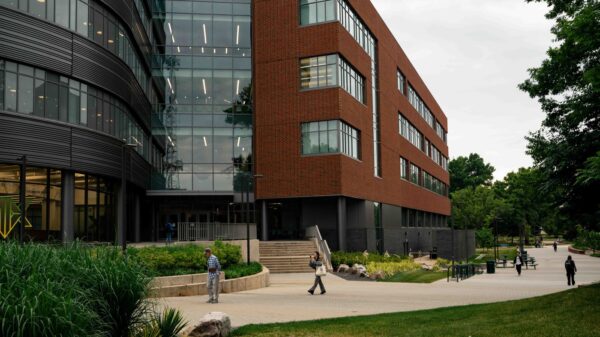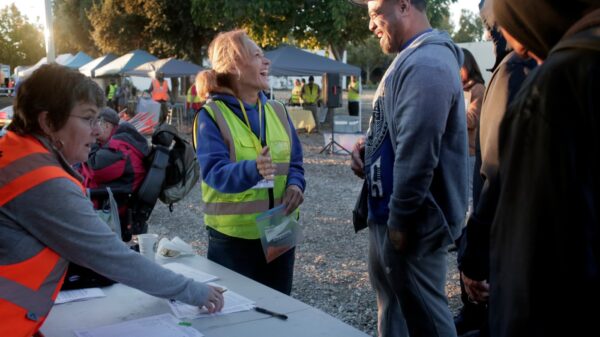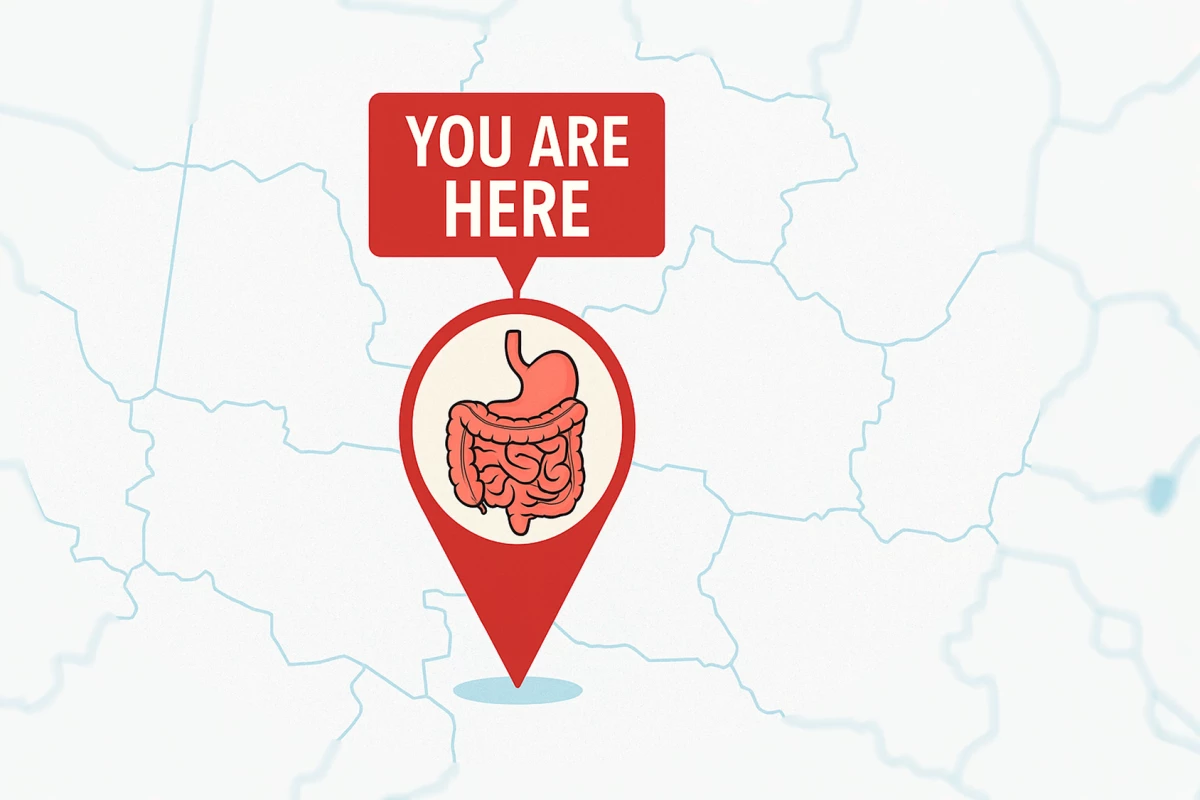A recent study reveals that the composition of gut bacteria can accurately predict a person’s city of residence with an impressive 94% accuracy. Conducted by BGI Genomics, a precision medicine company based in China, this research sheds light on the deeper implications of the gut microbiome, suggesting that our microbiota may convey more about our origins than previously understood.
The study focused on the gut bacteria of 381 healthy Han Chinese adults from two cities in Hubei Province: Wuhan and Shiyan. These cities, located approximately 500 km apart, possess distinct dietary influences that appear to shape the microbial communities of their residents. Professor Li Tao, senior author of the study, emphasized the significance of the findings, stating, “This study challenges the long-standing belief that gut microbiota differences only matter at the scale of continents or provinces.”
Participants in the study had no major diseases and had not taken antibiotics in the three months prior to sample collection. Researchers employed shotgun metagenomic sequencing to analyze fecal samples, identifying 649 bacterial species and 515 metabolic pathways. The results revealed clear differences in microbial diversity and composition between the two cities. For instance, residents of Wuhan exhibited higher levels of Bacteroides stercoris, while those from Shiyan had a predominance of Prevotella copri.
The implications of these bacterial variations extend beyond mere academic interest. Bacteroides stercoris is known for its role in degrading complex carbohydrates and producing short-chain fatty acids (SCFAs), which are linked to various health benefits. In contrast, Prevotella copri is similarly involved in dietary fiber breakdown and SCFA production. The research suggested that the differences in gut microbiomes reflect the dietary habits of the cities. Wuhan’s residents likely consume a diet rich in freshwater fish, lotus root, and leafy greens due to their geographical location. In contrast, Shiyan’s diet appears to be influenced by neighboring regions, favoring wheat-based meals with a variety of spices.
Through advanced machine learning techniques, the researchers developed a model that incorporated 16 bacterial species and 12 city-specific metabolic pathways. This model not only achieved a high accuracy rate but also outperformed other models that relied solely on species or pathways, highlighting the nuanced relationship between diet and microbiome composition.
Despite its groundbreaking findings, the study does have limitations. The research only included participants from two cities within a single province, which may restrict the applicability of the results to broader populations. In addition, there was a disproportionate representation of men compared to women, which could influence outcomes. Moreover, the study did not gather data on participants’ dietary habits or lifestyle choices—factors that are crucial in understanding regional microbiome differences. The researchers also did not track participants over time to assess the stability of these microbial signatures.
Nevertheless, the potential applications of this research are significant. The ability to identify a person’s regional origin through gut microbiota could have practical uses in fields such as forensics or investigations of missing persons. Additionally, understanding regional and sex-specific differences in microbiota may lead to more tailored approaches for probiotics and dietary interventions. Furthermore, integrating machine learning with microbiome profiling could enhance predictive capabilities for disease risks and population health monitoring across geographic regions.
The study was published in the journal Frontiers in Microbiology, marking a step forward in our understanding of how our microbiome can reflect our environment and lifestyle. As research in this field continues to evolve, we may uncover even more about the intricate connections between our gut health and the places we call home.







































































